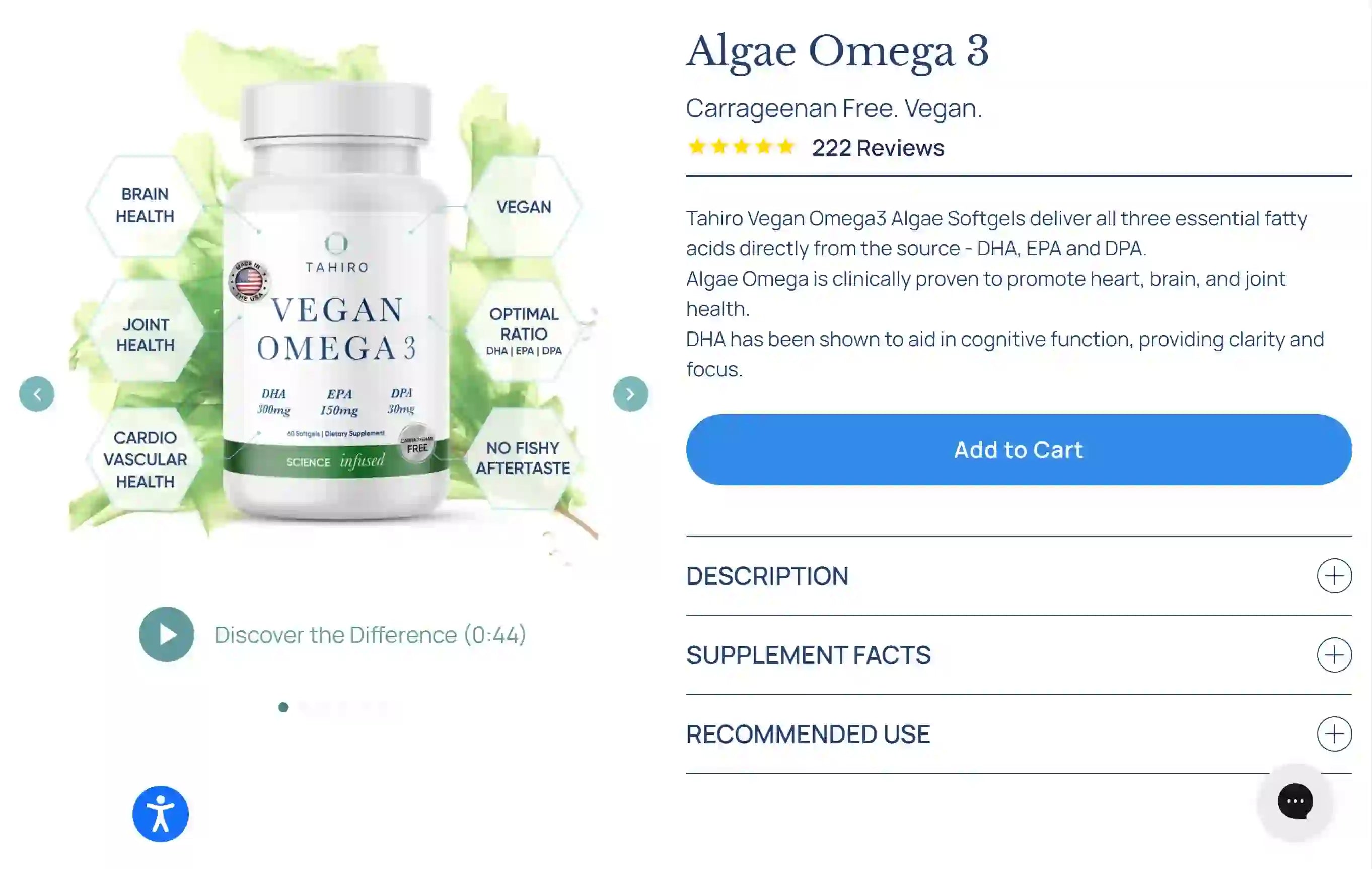Background
Rhodiola rosea, commonly known as Golden Root, isof theRhodiolagenus which was traditionally usedfor medicines in Asia[2]. The roots contain biologi-cally active substances including flavonoids and phe-nolic glycosides[1] and have been used in traditionalmedicine for its adaptogenic, antidepressant, and anti-inflammatory effects[2]. Historical and traditional use, aswell as early limited animal clinical trials, indicate thatthere is an encouraging potential for the use ofRhodiolaroseain fatigue, cognition, and mood homeostasis[5].
Mode of Action
R. roseahas several suggested mechanisms of action,none of which so far have undergone significant testingto confirm efficacy.
In some animal studies, changes to cortisol secretionwere found – however other studies have not corroboratedthis and similar studies have actually shown no changesin cortisol secretion related toR. roseaintake[1][1][1].
Data from both human and animal studies has sug-gested thatR. roseaappears to have a positive im-pact on hypothalamic-pituitary-adrenocortical (HPA)axis activity[6][6].
Lastly, an in-depth look at the effects of theR. roseaextracts and RNA expression data concluded thatRhodi-olahas a multi-targeted effect at the transcriptional levelon cell response regulation by affecting various signalingpathways and molecular networks which are associatedwith beneficial effects on emotional (aggressive) behav-ior, as well as psychological, neurological, cardiovascular,metabolic, endocrine, and gastrointestinal disorders[4].
Pharmacological Effects
It has been suggested through a variety of animal andhuman trials that chronic ingestion ofR. roseais un-likely to increase physical performance through opioidreceptor stimulus and antioxidant properties[1], whichare largely related to blood brain barrier permeability todopamine and serotonin precursors[6][6].
It was seen in one study of human nueroglia cell linesthat the biological activity ofR. roseaextracts actuallydiffered from the extracted purified compounds, and thusit cannot be excluded that there could be minor plantcomponents within theR. roseaextract that may affectbrain function[4]. Lastly, despite no influence ofR. roseasupplementation on oxidative stress parameters in a par-ticular study, it could not be excluded that some pheno-lic compounds ofR. roseaextract could be attributedto mental performance parameter improvements giventhe well-documented potential of flavonoids in promot-ing memory, learning, and cognitive function[1].
Additionally, a 12-week study with aR. roseaex-tract in 50 individuals showed improvements in atten-tion network tasks (ANT), Go/No-go tasks, and dividedattention tasks[7][7], an effect which was previ-ously mentioned in other studies examiningR. rosea’smode of action[1].
Moreover,R. rosea’s adaptogenic properties previ-ously mentioned[2] were further examined. A litera-ture review concluded thatR. roseaextracts have thepotential to close the treatment gap for clinically rel-evant stress symptoms due to its dual mode of action(physical and psychological symptom relief), normaliza-tion of stress hormones, and increasing overall energy[3][3].
Potential Uses
Given Rrosea’s lack of double-blind, placebo-controlled,randomized studies, its potential uses are fairly limitedin a strict medical setting. However, its usage in traditional medicine[2], along with a favorable safety profileby the Committee on Herbal Medicinal Products (European Medicines Agency)[3, 8], and early clinical trialindications[1, 3, 4, 7, 6], indicate that there is potential for R. rosea to be used as a preventative or alternative treatment for mild mood and stress disorders.
Additionally, clinical trials in animals and cell linesindicate thatR. roseaand its extracts (albeit less effec-tive due to the loss of minor plant compounds) couldpotentially relieve some of the oxidative stresses[2, 4, 6]present in cellular reactions – making the use ofR. roseaas an adaptogen attractive.
Lastly, according to literature reviews of traditionalmedicine practices,R. roseahas been historically usedfor anti-inflammatory purposes[2], which is supported bymore current research showing that the roots and plantcontains biologically active flavonoids and glycosides[1],among many other naturally occurring plant secondarymetabolites.




